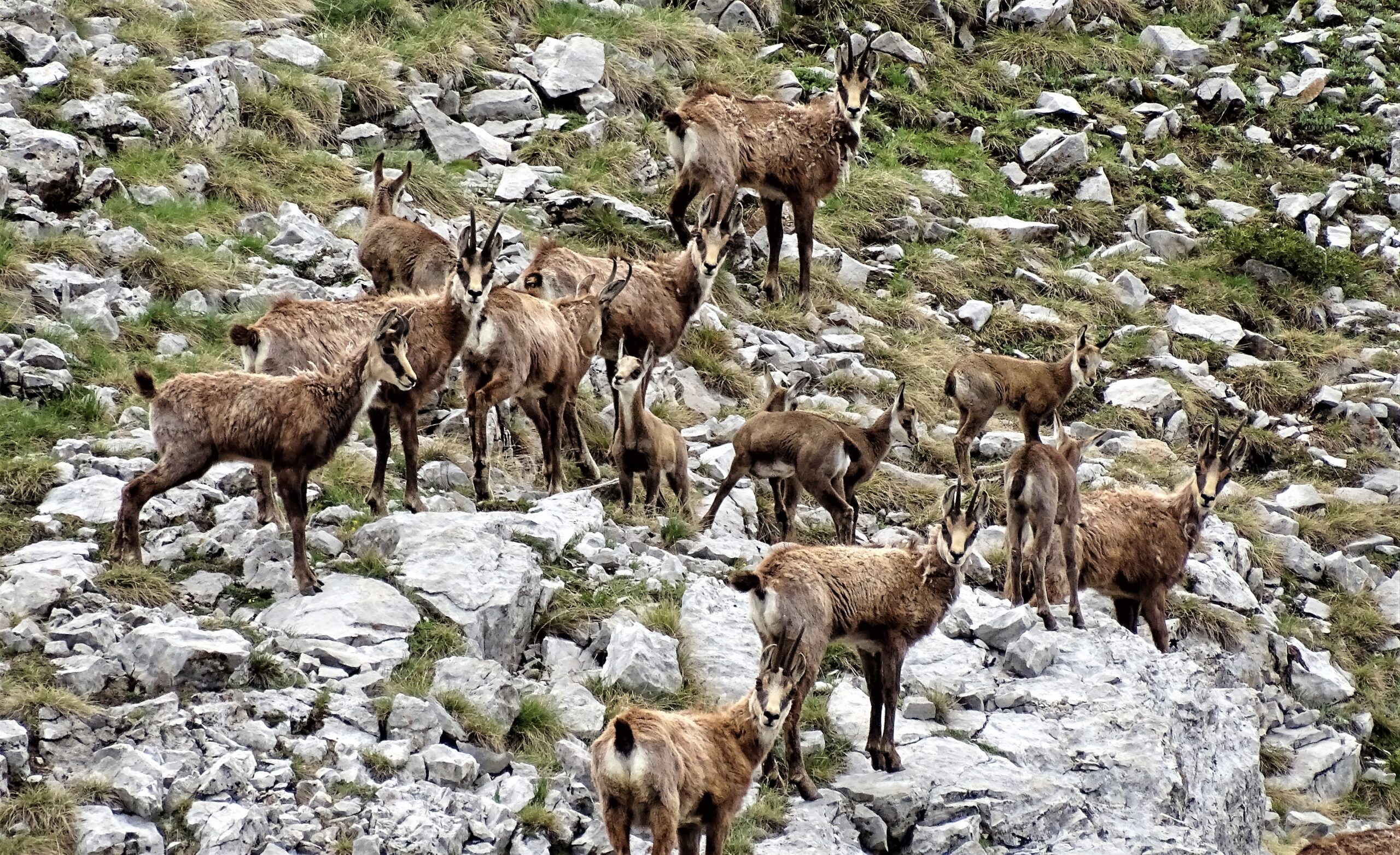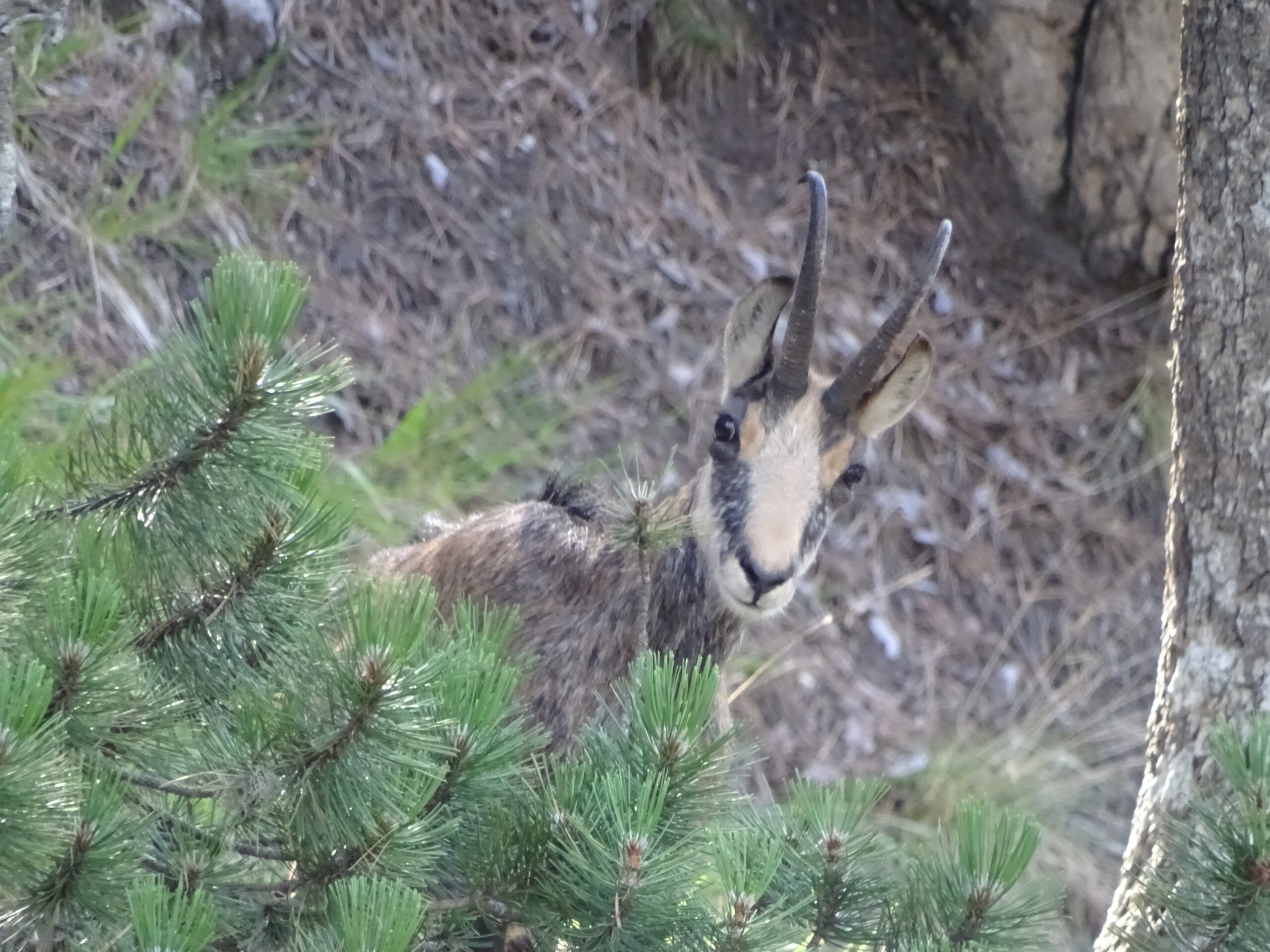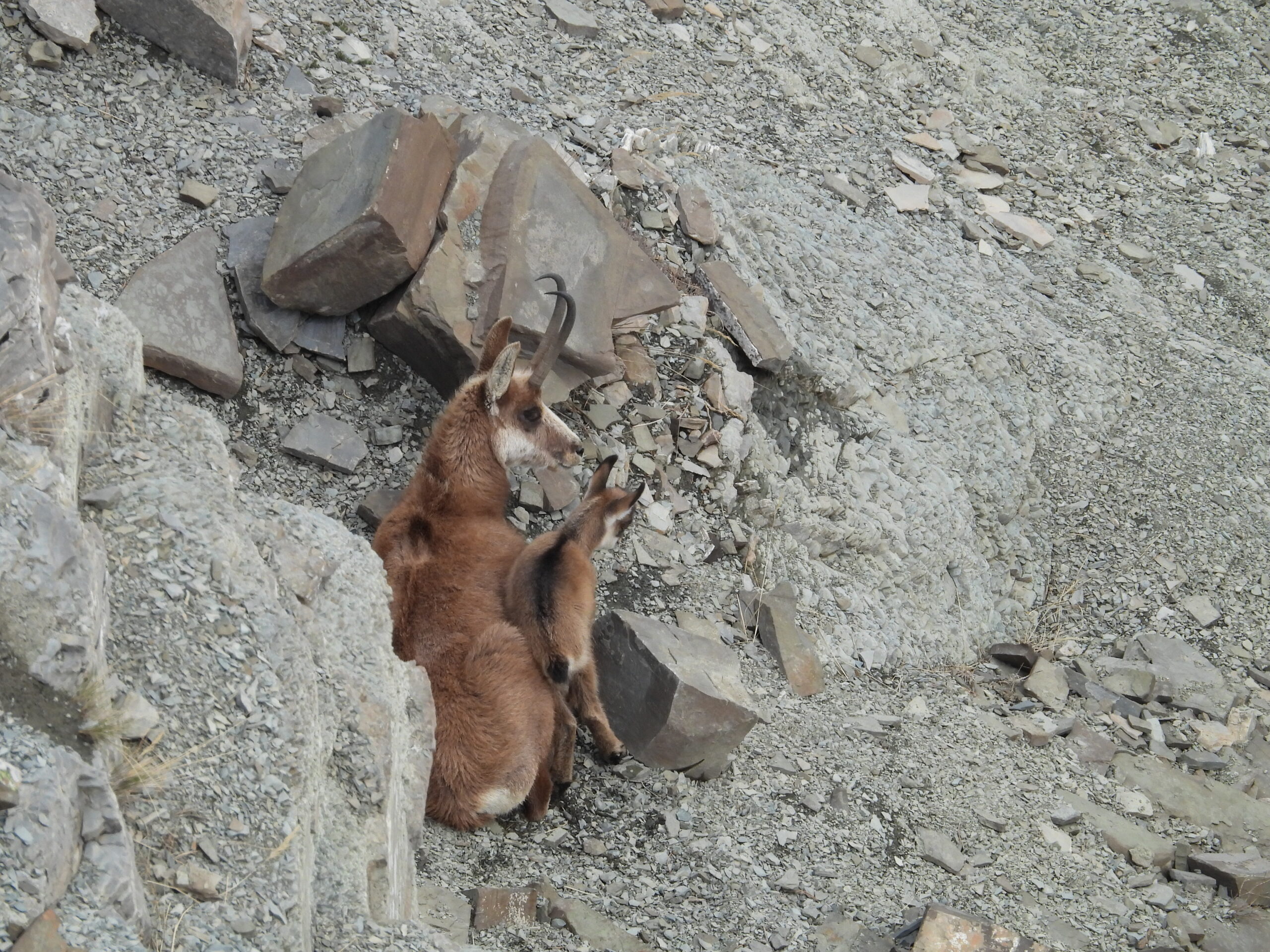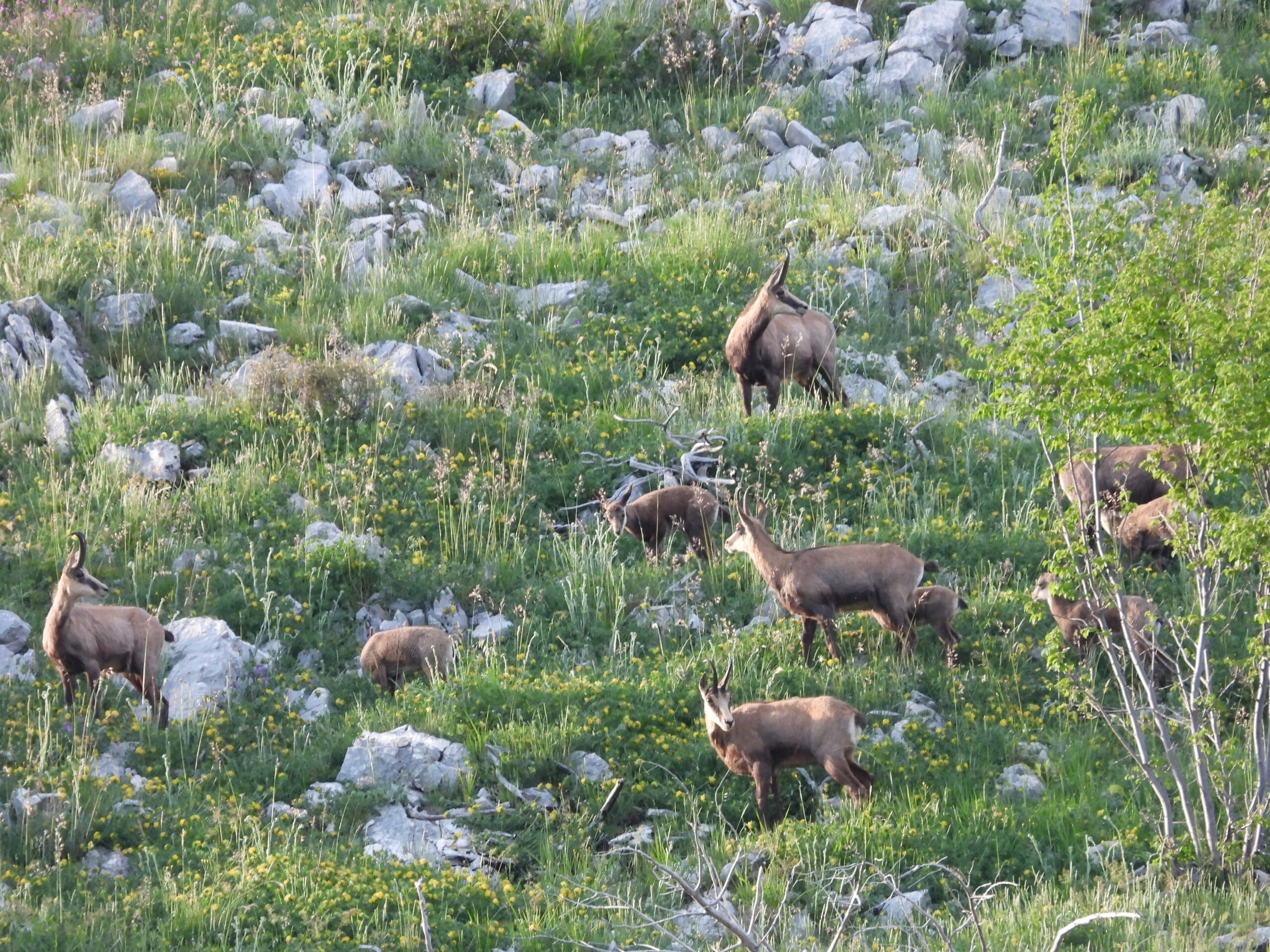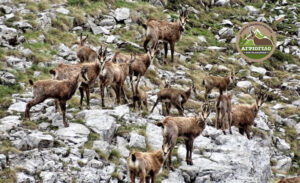Ecology - Habits
Females with their young live in groups (herds), which usually consist of 5 to 15 individuals, although in some cases, they may reach as many as 40 to 50 animals. A key role in the herd is played by the trio of “grandmother-mother-daughter.” The leader of the herd is one of the larger and more experienced females. The members of the herd are “obliged” to follow strict hierarchical rules, where the most “disadvantaged” are the younger animals. In case of danger, the leader of the herd or another experienced animal emits a distinctive sound, like a whistle, alerting the others to the presence of a threat. Females remain in their mother’s herd, usually for their entire life.
Males:
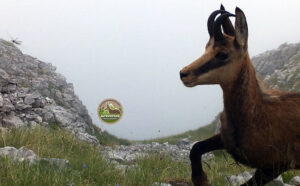 Males live alone or in small groups with very loose cohesion, except during the mating season, when for a relatively short period of time, they play the role of leader in a herd of females. Males leave their mother’s herd at the age of one to two years and wander until they settle permanently in their own area (territory), which usually happens at the age of seven or eight years. [/caption]
Males live alone or in small groups with very loose cohesion, except during the mating season, when for a relatively short period of time, they play the role of leader in a herd of females. Males leave their mother’s herd at the age of one to two years and wander until they settle permanently in their own area (territory), which usually happens at the age of seven or eight years. [/caption]
Populations:
In a Chamois population, generally, unless there is some special reason, the ratio of males to females is roughly the same, and the individuals of a population can typically be divided into the following four (4) age/gender categories:
(a) Adult males: Males older than two years,
(b) Adult females: Females older than two years,
(c) Yearlings (Vetoulia): Individuals older than one year and younger than two years, regardless of gender,
(d) Kids: Individuals equal to or younger than one year, regardless of gender.
Usually—but not necessarily—in a Chamois population in Greece, the population composition is as follows:
• 30-32% Adult males,
• 30-38% Adult females,
• 10-15% Yearlings (Vetoulia),
• 20-26% Kids
The role of both sexes in securing the future of a Chamois population is evident. However, it must be understood that births can in no way exceed the available number of females that are four years old or older. Therefore, in a Chamois population consisting, for example, of 100 individuals, those that will have a successful birth this or the next year can never be more than 25-30% of the total. Thus, in reality, the upper number of births in the next year is mainly determined by the number of females, which under normal conditions can never exceed one-third of the total population. In reality, this percentage is slightly smaller, as not all females are expected to give birth successfully.
Mating:
Chamois mate during the autumn months (early October to early December). As a rule, each adult male maintains an area (territory) and mates with the members of a herd whose territory overlaps – at least partially – with his own. Autumn is the only period of the year when each herd of females coexists with one adult male Chamois. During this time, the dominant male’s goal – apart from the mating itself – is to drive away any potential competitors for the members of his “harem” and to “keep” the herd close to him by any means necessary. However, beyond this typical pattern followed by most males during the mating season, there is also an alternative pattern. In this case, one or two males wander in different directions, without being territorial, and seek to mate with any females they encounter along the way, as long as these females are in estrus.
Births:
 Females give birth to a single cub after about 160-170 days of gestation, typically in May. In reality, in Greece, the birth period begins quite early (mid-April), peaks in early May, and can continue until early June.
Females give birth to a single cub after about 160-170 days of gestation, typically in May. In reality, in Greece, the birth period begins quite early (mid-April), peaks in early May, and can continue until early June.
Diet:
Chamois primarily feed on various herbaceous plants and, depending on the season—and thus the availability of food. They also consume broadleaf foliage, conifer needles, tree twigs, buds, and lichens.
